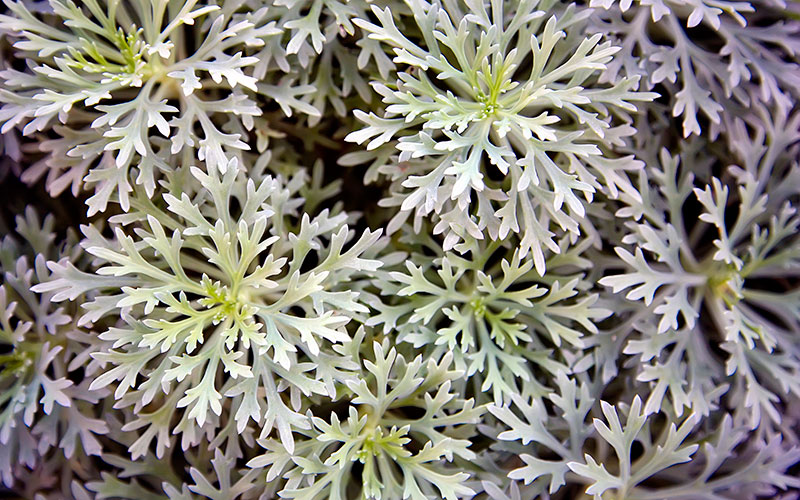This month: Sweet wormwood

What is sweet wormwood?
Artemisia annua, also known as sweet wormwood, is a common type of wormwood that is native to temperate parts of Asia.
What else can you tell me?
It is hairless and grows up to 100cm tall. The leaves are 3-5cm long and are divided by deep cuts into two or three small leaflets.
Has this got anything to do with biomedical science?
Yes, I was just getting to that – it produces artemisinin, which is a potent antimalarial compound.
I’m a bit sceptical about herbal remedies…
Artemisinin was discovered in 1972 by Chinese scientist Tu Youyou, who was awarded half of the 2015 Nobel Prize in Physiology or Medicine for her discovery. Treatments that contain artemisinin derivatives are now standard worldwide for P. falciparum malaria.
And why is this in the news?
The low amount of artemisinin produced in the leaves of this plant does not meet global demand. But researchers in China have reported using a high-quality draft genome sequence of Artemisia annua, along with gene expression data, to engineer higher levels of artemisinin.
How much are we talking about?
The compound typically makes up a maximum of 1% of the weight of the dry leaves. However, the new leaves have an artemisinin level of 3.2%.
So what happens now?
Artemisinin-rich seed samples have been sent to Madagascar for a field trial. Meanwhile, the researchers from Shanghai Jiao Tong University, who published their findings in the journal Molecular Plant, are continuing to explore ways to enhance artemisinin production.
